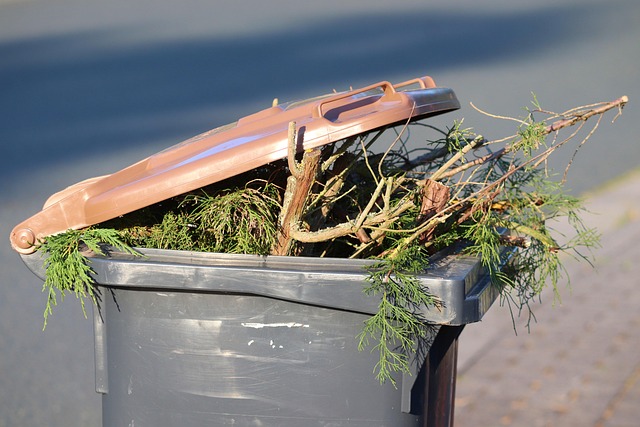Understanding the Carbon to Nitrogen Ratio for Successful Komposzting
Creating the perfect compost is both an art and a science. For those who aspire to turn organic waste into nutrient-rich compost, understanding the carbon to nitrogen ratio (C:N ratio) is essential. This delicate balance not only influences the speed of decomposition but also the quality of the final product.
In nature, organic materials come with varying amounts of carbon and nitrogen. Carbon-rich materials, often referred to as “browns,” include dry leaves, straw, and woody materials, while nitrogen-rich “greens” consist of freshly cut grass, vegetable scraps, and coffee grounds. Achieving the right mix of these elements can feel like a daunting task, but it is what truly sets successful komposzting apart.
The Ideal Balance
The ideal C:N ratio for a well-functioning compost pile typically falls between 25:1 and 30:1. This means that for every 25 to 30 parts of carbon, there should be about one part nitrogen. This balance is crucial, as too much carbon can slow down the decomposition process, while an excess of nitrogen can lead to unpleasant odors and produce a soggy pile. It’s all about finding that sweet spot where microbial activity thrives!
Why Does It Matter?
Understanding the carbon to nitrogen ratio is not just a technicality; it affects the composting process’s efficiency and outcome. A well-balanced compost heap breaks down more quickly, yielding a dark, crumbly, and earthy material that enriches the garden soil with nutrients. When the balance is off, you might find yourself with a smelly, slimy mess instead of the delightful compost you’ve envisioned.
Tips for Achieving the Right Ratio
- Layering: Start with a solid base of browns—think dry leaves or straw. Alternate layers of greens like grass clippings or food scraps to create that desired balance.
- Chop and Shred: Smaller pieces decompose faster, so shredding leaves or cutting up kitchen scraps can help mix the materials more evenly, speeding up the breakdown process.
- Monitor Moisture: Keep your compost pile moist but not wet. Too much water can lead to anaerobic conditions, while too little can dry out the microbes that help in decomposition.
- Turn Your Pile: Aerating your compost by turning it regularly introduces oxygen to the microbes, promoting a healthy environment for them to thrive.
Personal Connection
When you engage in komposzting, you’re not just creating compost; you’re participating in a cycle of life that connects you to nature. It feels rewarding to see kitchen scraps transform into black gold for your garden. Every layer you add, every balance you strike between carbon and nitrogen, brings you one step closer to enriching your soil and supporting plant growth. It’s a living testament to sustainability and mindful living, where every contribution, no matter how small, counts.
As you venture into the world of komposzting, remember that optimizing your carbon to nitrogen ratio is a journey of experimentation and discovery. Let the process inspire you and connect you to the earth. Happy composting!


